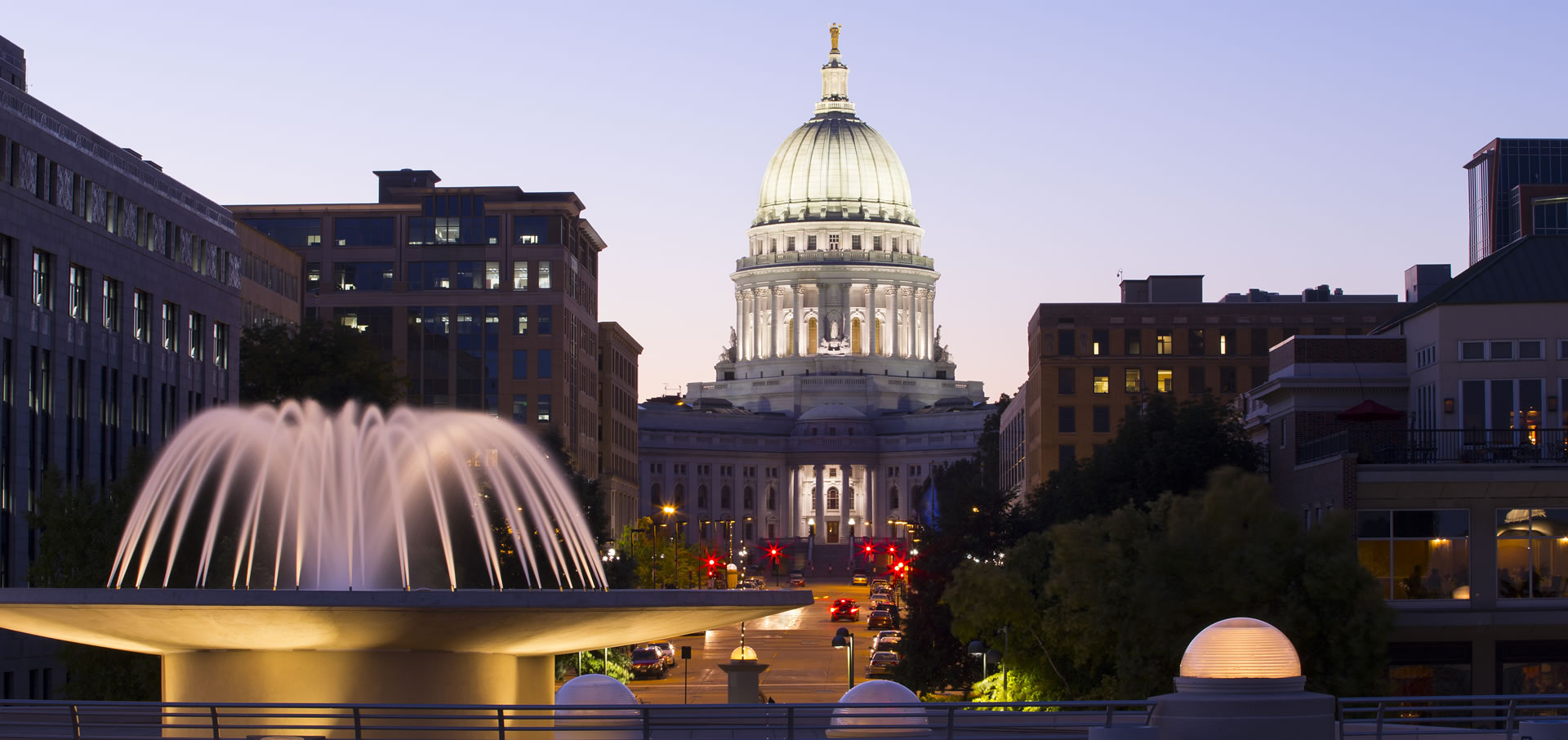28 Apr TIME SENSITIVE UPDATE – COVID-19 Legislation Update – RESTAURANT REVITALIZATION FUND PORTAL OPENS FRIDAY, APRIL 30, 2021
The Small Business Administration (SBA) recently announced details and procedures for its $28.6 billion Restaurant Revitalization Fund (RRF), which will distribute grants to qualifying businesses (restaurants, bars, caterers, etc.) that have experienced COVID-related losses (further defined below). The grants go up to $10,000,000 per business and no more than $5,000,000 per location and may be used only for qualifying expenses. The SBA will begin accepting applications from on Friday, April 30, 2021.
Unlike the Payroll Protection Program (PPP) loans, the SBA will be directly administering these applications and grants, and to that end it has created an application portal through which applicants will need to apply. Industry experts anticipate the $28.6 billion to go quickly, so interested and qualifying businesses should not delay in applying.
To prepare for the application, business owners should familiarize themselves with the application itself, which the SBA has conveniently made available here.
A “qualifying business” is an “eating establishment” that has experienced “pandemic-related revenue loss” but which has not permanently closed its business. An “eating establishment” is broadly defined, and includes businesses where customers gather for the primary purpose of being served food and drink. It also includes new eating establishments that were scheduled to open in 2020 but which never opened due to the pandemic. All qualifying businesses must have received at least 33% of their gross revenue from the on-site sale of food and drink, or in the case of businesses that had intended to open, evidence that their business plan anticipated 33% of revenue to come from the on-site sale of food and drink. The SBA has explicitly stated that eating establishments include the following:
- Bakeries
- Bars, saloons, lounges, and taverns
- Brewpubs, tasting rooms, and taprooms
- Breweries and microbreweries
- Caterers
- Food stands, food trucks, and food carts
- Licensed facilities or premises of an alcoholic beverage producer where the public may taste, sample, or purchase products
- Restaurants
- Snack and nonalcoholic beverage bars
- Wineries and distilleries
- Inns
- Other similar places of business in which the public or patrons assemble for the primary purpose of being served food or drink
All applicants should prepare by having evidence available to establish that 33% of gross revenues came from on-site sale of food and drink. Other supporting documentation and information is required as well, such as employer identification numbers, social security numbers, financial information relating to historic revenues and/or business plans, evidence of other COVID-related financial awards (PPP or EIDL loans, etc.).
RRF grant size will be determined as (a) the amount of the “Pandemic-Related Revenue Loss” reduced by (b) the amount of any PPP loans, SBA Economic Injury Disaster Loan, and state and local grants, including those through the CARES Act. “Pandemic-Related Revenue Loss” has various definitions based on whether the eating establishment was opened prior to the pandemic, just before the pandemic, or failed to open as a result of the pandemic. However, generally speaking, the size of the award is essentially the amount of gross revenue in 2019 less the amount of gross revenue in 2020.
RRF grants may only be used for qualified expenses incurred between February 15, 2020 and March 11, 2023. Qualified expenses include “Business Payroll Costs as defined by the CARES Act (i.e., the same definition as used in the PPP program), mortgage and rent obligations, debt service, utility and business maintenance needs, business supplies, and other operating expenses.
Finally, as part of the application process, applicants will also need to certify the following is true with respect to the business:
- It has not permanently closed.
- Similar to the PPP program, current economic uncertainty makes this funding request necessary to support the ongoing or anticipated operations of the applicant.
- The applicant and its affiliates do not cumulatively own or operate more than 20 locations, regardless of whether those locations do business under the same or different names.
- The applicant has not received a Shuttered Venue Operators Grant from the SBA.
- The applicant is not a publicly traded company.
- The applicant is not engaged in any activity that is illegal under federal, state, or local law.
- The applicant will only purchase American-made equipment and products to the extent feasible for the business.
Obviously, there is additional information that all potential applicants should review with their own legal and accounting professionals. Grey areas exist with respect to “need” and careful attention must be given to determining the amount of the grant an applicant may be entitled to. There are also priority considerations for various types of business structures and ownership interests. That said, if an eating establishment is struggling for financial viability, this RRF program has the potential to offer vital resources to an industry ravaged by the pandemic.
The guidance provided above is general in nature and readers are encouraged to reach out to Neider & Boucher, S.C., or to their own legal counsel to determine the applicability of these issues to their own personal and/or business needs.

